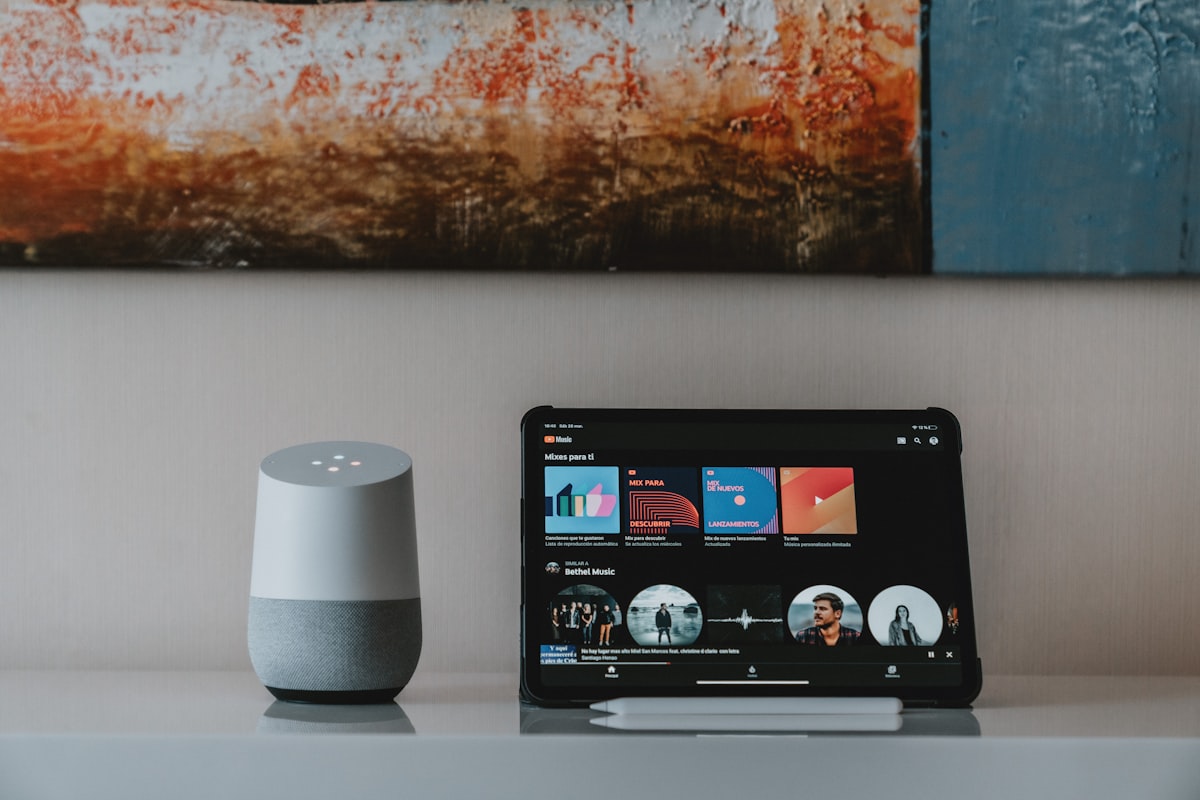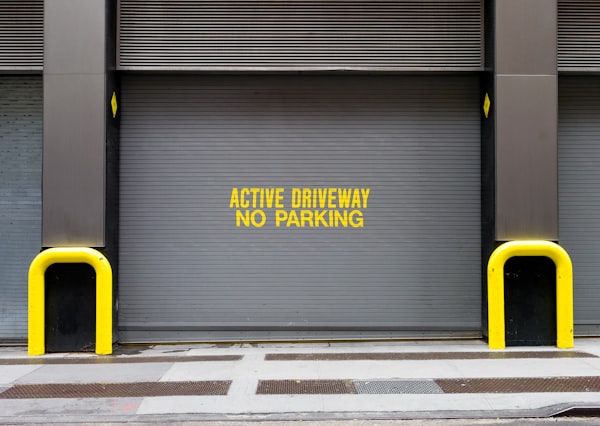Smart Homes Unplugged: My Love-Hate Relationship
Explore my 8-year journey with smart home tech: the ups, downs, and lessons learned in creating a connected living space.

Plus eight years deep into the smart home craze, and I'm here to spill the real tea. Long before Alexa became a household name, I was that person trying to automate my life, one gadget at a time. Here's the unfiltered story of my smart home journey, quirks, mishaps, and all.
The Wallet's Lament and Brand Allegiances
Smart living doesn't come cheap. I've chased after deals, only to learn that in the smart world, you get what you pay for. I've played the field with Hue, Google, and even those no-name brands that promised the moon for the price of a coffee. Spoiler alert: the coffee would've been a better investment.
I learned the hard way that cheaper isn't better. My house became a graveyard for deadbeat devices that couldn't keep up with the pace. Now, I stick to the names I trust, even if my wallet groans a little louder.
Ecosystem Roulette
Choosing your tech family is no small feat. I live in a divided house: Apple for its seamless integration and premium feel, Google for its unmatched versatility and intelligence, and Amazon… well, our relationship is complicated, primarily due to Alexa's clunky interface and my preference for more intuitive interactions. My gadgets sometimes feel like squabbling siblings, each vying for my attention.
- Apple HomeKit: It's like the cool, expensive friend who always looks put together. It just works, but it demands a premium.
- Google Home: The friend who's always a bit smarter than you remember. Versatile, but wants to be the center of attention.
- Amazon Alexa: That friend you keep around because, well, you've got history. But it's always a bit more work than it should be.
To Bridge or Not to Bridge
The question of whether to embrace bridged devices in my smart home setup has been a saga in itself. On one hand, bridges are like the diligent managers of the smart home world, keeping devices in line and ensuring they play nice, even when the Wi-Fi decides to take an unexpected vacation. They're the steadfast guardians that remember your preferences, whether it's that perfect dim setting for movie nights or the morning routine that gently wakes you up.
On the flip side, non-bridged devices promise a simpler setup. No middleman, just straight communication between your device and the router. Sounds great, right? Until you experience the first power outage and find every light in the house blazing at full brightness at 3 AM. Or when your smart plug decides to amnesia itself out of your network, turning your coffee routine into an unexpected tech troubleshooting session.
Gimmick or Game-Changer?
Every smart device enters my home with a promise: to make life easier, more convenient, or just plain cooler. Lights that greet me when I come home and speakers that play my favorite tunes with a simple voice command—these are the game-changers, the ones that make me wonder how I ever lived without them. Over the years, I've learned to sift through the hype, embracing devices that genuinely enhance my daily routines while sidestepping the flashy yet fleeting fads.
But then, there are the gimmicks. The smart fork that vibrates when you eat too fast (yes, that's a real thing), or the internet-connected juicer that squeezes pre-packaged fruit bags. These are the moments when I question the line between innovation and absurdity. Yet, even the gimmicks have their place, serving as reminders of the fine line tech walks between transforming our lives and cluttering them with needless
A Smart Home, But at What Cost?
Embracing smart technology comes with its share of trade-offs. There's the literal cost, where investing in a fully integrated smart home can run up a tab that rivals a small car. But there's also the learning curve, the occasional troubleshooting marathons, and the need to stay on top of security to keep your digital domain safe from prying eyes.
Yet, for all its challenges, my smart home has become an extension of my personal space—intuitive, occasionally frustrating, but undeniably mine. It's taught me patience, a bit of tech-savvy, and a lot about what truly adds value to my life. As I look forward to what the future holds, I wonder, what innovations will next transform our living spaces? How will we navigate the balance between convenience and complexity?




